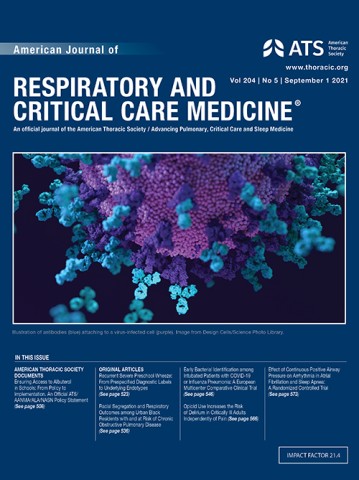Multimodality Imaging and Clinical Significance of Congenital Ventricular Outpouchings: Recesses, Diverticula, Aneurysms, Clefts, and Crypts
The high spatial resolution of cardiac computed tomography (CT) and cardiac magnetic resonance (CMR) permit the diagnosis of congenital ventricular outpouchings (CVOs), including congenital ventricular diverticula (CVD), congenital ventricular aneurysms (CVA), clefts, and crypts. A unique classification has not been established, and these terms are used interchangeably with confounding terminology. Moreover, their significance is not univocal. A research was performed using PubMed on six subjects: (1) congenital left ventricular outpouchings; (2) congenital ventricular diverticulum; (3) congenital ventricular aneurysm; (4) ventricular clefts; (5) ventricular crypts; and (6) ventricular crevices. Usually, CVOs are small with a preserved contraction and in asymptomatic patients, the clinical relevance may be minimal, although electrocardiographic anomalies are often present. CVA and diverticula may carry an embolic risk and cases of arrhythmia and rupture are described. In the presence of clefts, or crypts a cardiomyopathy should be excluded. A simple classification can be proposed: CVD extend beyond the myocardial wall and fibrous type may be termed CVA, acquired forms should be kept distinct. Clefts, or crypts, are small recesses extending for more than 50% of the ventricular wall but not beyond its margin. The presence of fibrosis may be evaluated by CMR. A multicenter prospective registry would be helpful to investigate potential clinical implications and to exclude dubious forms of hypertrophic cardiomyopathy or ventricular noncompaction. In conclusion, CVOs have been described with different terminologies and classifications. Their significance needs to be interpreted in the clinical setting and with the help of a multimodality imaging, particularly of CMR.
Le indicazioni contenute in questo sito non intendono e non devono in alcun modo sostituire il rapporto diretto tra Medico (professionisti della salute) e Paziente/lettore. È pertanto sempre opportuno consultare sempre il proprio Medico curante e/o Specialista





